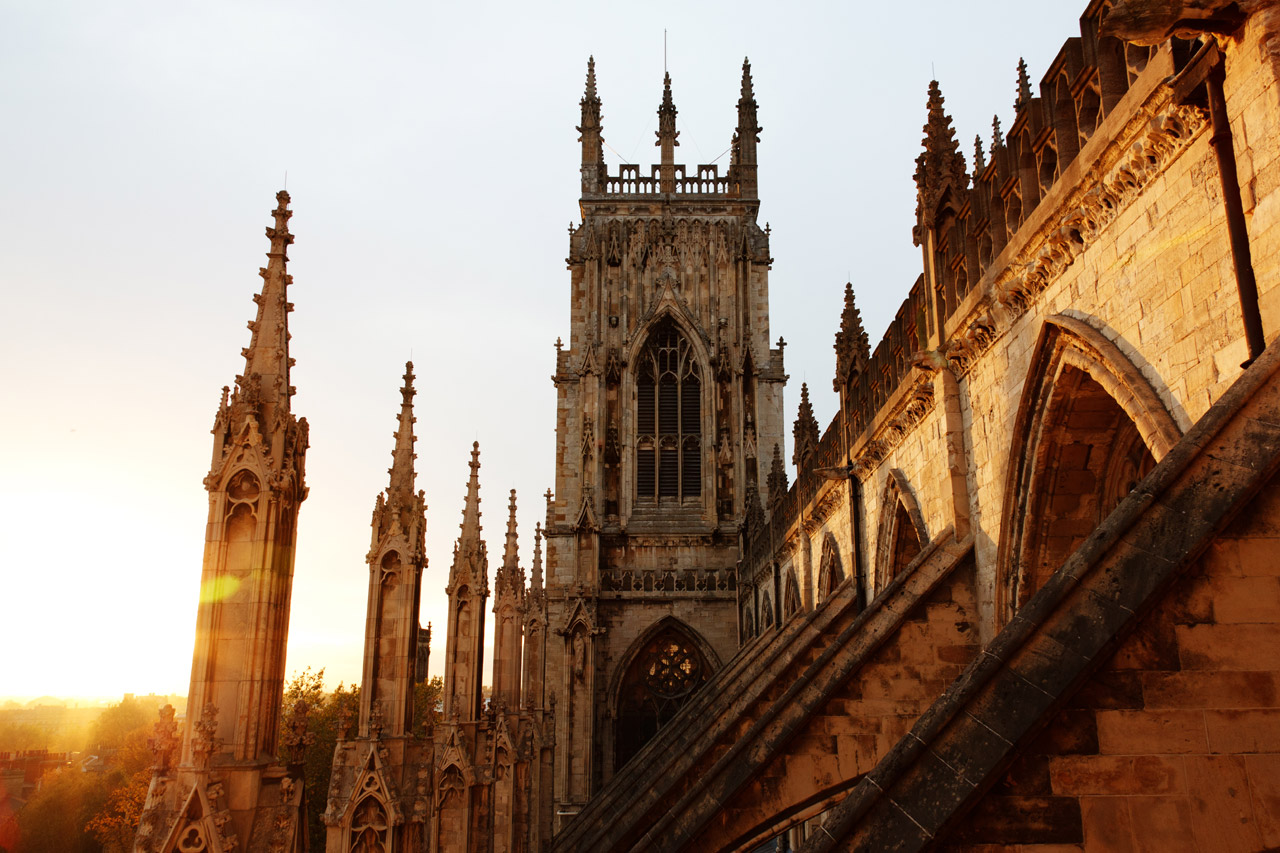
Introduction
Palaces have long been symbols of power, prestige, and architectural brilliance. As majestic structures often associated with royalty and governance, they play a significant role in our understanding of history and culture. In the modern world, the relevance of palaces extends beyond their historical significance; they are vital in tourism, heritage conservation, and the promotion of cultural identity. This article explores the cultural and social significance of palaces in contemporary society.
The Role of Palaces in Culture and Heritage
Palaces serve as custodians of a nation’s heritage, reflecting the artistry and craftsmanship of their time. Structures such as Buckingham Palace in London and the Palace of Versailles in France attract millions of visitors annually. They tell stories not only of royalty but also of the structural evolution and artistic movements through the ages. Recently, many palaces have begun to adapt to modern expectations, integrating contemporary art exhibitions or public events while maintaining their historical essence.
Economic Impact of Palaces
The tourism sector considerably benefits from palatial visits. In the UK alone, Buckingham Palace contributes significantly to the economy, generating millions through tours, events, and ceremonies. This influx of visitors bolsters local businesses, from hospitality to transport, ensuring that the allure of these historic sites has both cultural and economic implications. In 2023, tourism led by visits to iconic palaces has been reported to increase by over 15% compared to the previous year, indicating a revitalising interest in royal heritage and palatial architecture.
Palaces as Symbols of National Identity
In modern times, palaces also represent national identity. They stand as testaments to a country’s legacy and traditions. Governments leverage these historical sites to promote national pride, often using them in diplomatic functions, state dinners, and ceremonies. The preservation and promotion of palaces signal a commitment to retaining the intangible cultural assets that define nations, fostering a sense of belonging among citizens.
Conclusion
Palaces are more than grand residences; they encapsulate stories of history, culture, and identity. Their importance in the modern world is multifaceted, impacting economic, cultural, and social dimensions. As the world evolves, the role of palaces will continue to adapt, ensuring they remain vital links to our past while becoming significant players in the future. The continued investment in and admiration of these monumental structures will provide insights into the values and narratives they represent, ensuring that the legacy of palaces endures for generations to come.
You may also like

The Importance of Pubs in British Society and Their Resurgence

The Royal Opera House: A Jewel in London’s Cultural Landscape
